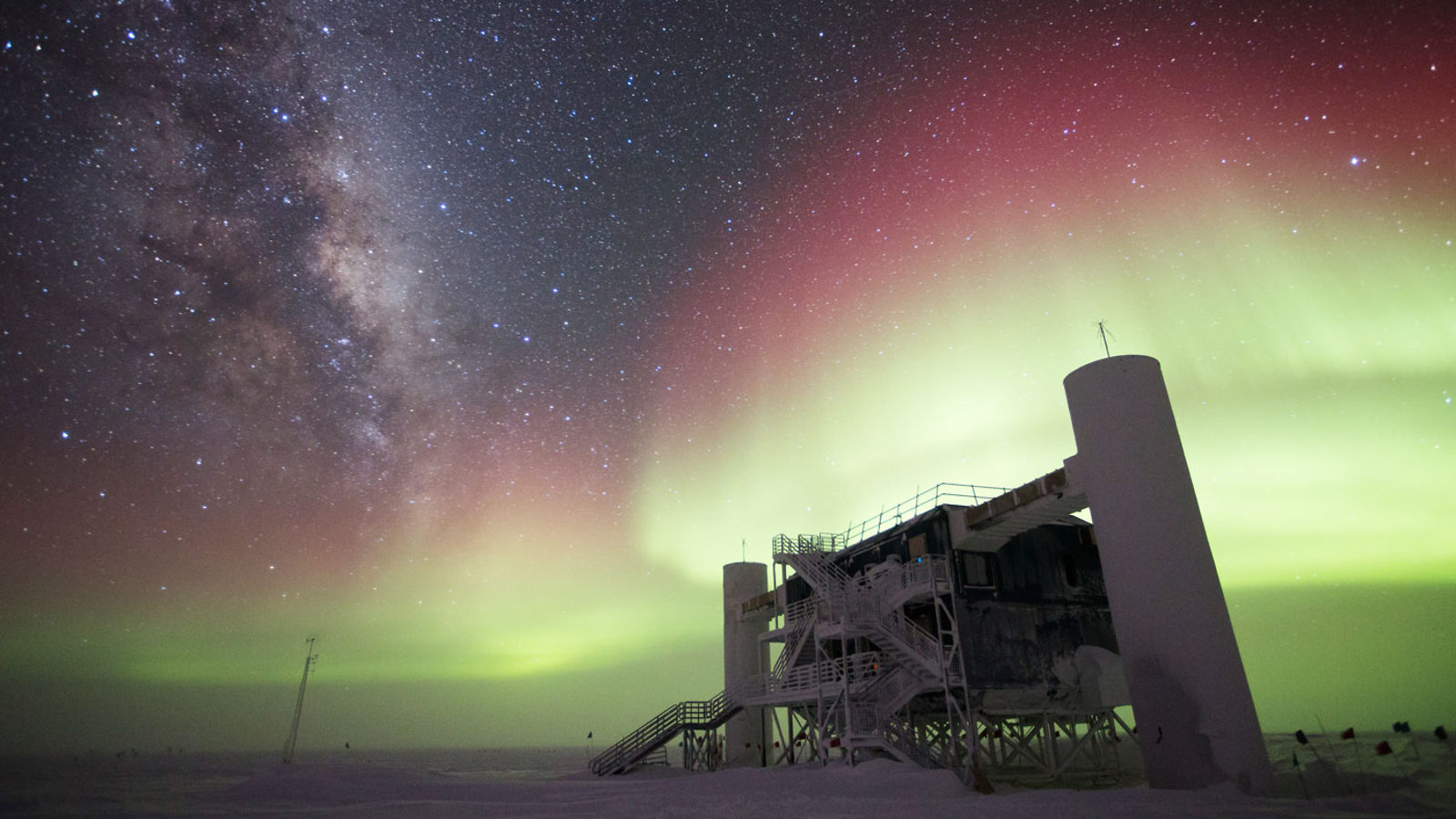The IceCube neutrino observatory, stationed at the Earth’s South Pole, has achieved a significant breakthrough in neutrino detection by identifying tau neutrinos with unprecedented confidence. Operated by the IceCube Collaboration, led by the University of Wisconsin, Madison, IceCube serves as the world’s largest neutrino telescope, employing thousands of sensors buried deep beneath the Antarctic ice.
Neutrinos, often referred to as “ghost particles,” are elusive subatomic particles that interact with matter infrequently. Despite their abundance in the universe, detecting neutrinos poses a considerable challenge due to their weak interactions. IceCube’s vast sensor array, spanning over a cubic kilometer of ice, enhances the probability of capturing neutrino interactions.
When a neutrino interacts with the ice surrounding IceCube’s sensors, it may generate charged particles and radiation. By analyzing the radiation detected by the sensors, scientists can infer the presence of a neutrino and glean insights into its properties. IceCube’s sophisticated instrumentation allows real-time identification of certain types of neutrinos, while data collected over years enables researchers to analyze and identify neutrino interaction events.
Recently, scientists announced a groundbreaking discovery based on IceCube’s data spanning from 2011 to 2020. They identified instances matching the signature of tau neutrinos with unparalleled confidence levels exceeding 99.999999%. This remarkable achievement not only validates IceCube’s capabilities but also deepens our understanding of neutrinos and their elusive nature.
The detection of tau neutrinos marks a significant milestone in neutrino research, underscoring the instrumental role of facilities like IceCube in unraveling the mysteries of the universe’s most enigmatic particles. As scientists continue to probe the cosmos using IceCube’s unparalleled capabilities, further discoveries are expected to shed light on fundamental questions in astrophysics and particle physics.






